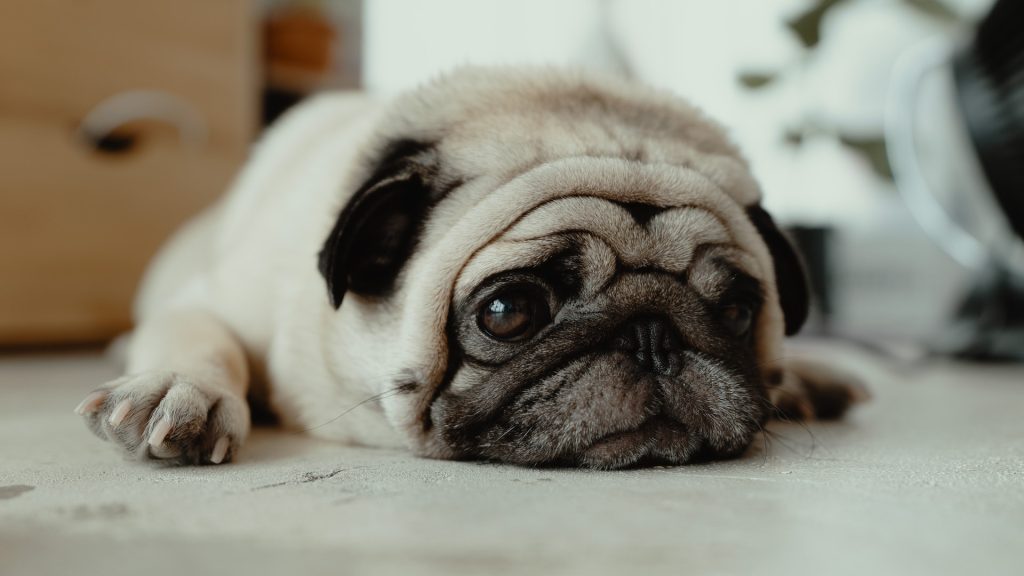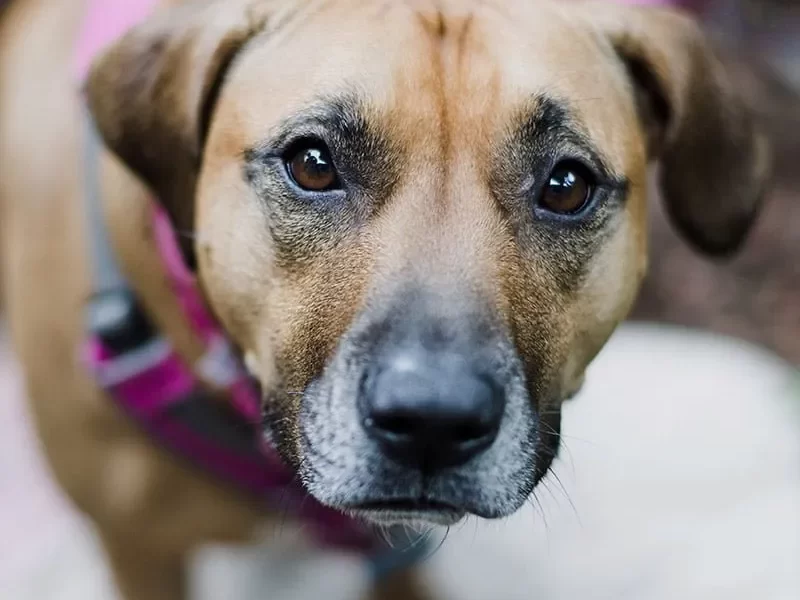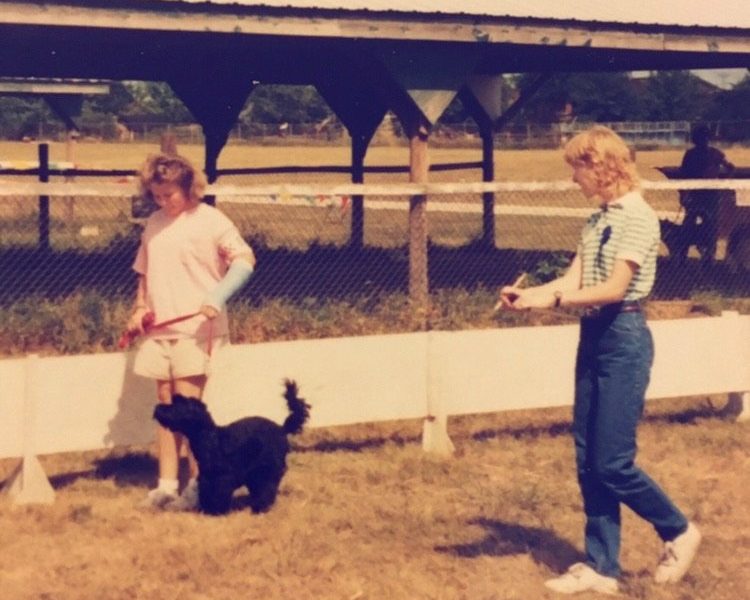Separation anxiety is a common problem among dogs, and it can result in destructive behavior, excessive barking, and other undesirable behaviors. Dogs are social animals, and when they are left alone, they can become anxious, stressed, and lonely. Separation anxiety can be a challenging condition to deal with, but with the right approach, it can be managed effectively. This article will provide a detailed description of how to deal with separation anxiety in dogs.

- Signs of Separation Anxiety in Dogs
Dogs with separation anxiety may exhibit the following signs when left alone:
-Excessive barking or howling
-Destructive behavior, such as chewing or scratching on furniture, walls, or doors
-Urinating or defecating in the house
-Trying to escape by digging, scratching, or chewing on doors or windows
-Pacing and restlessness
-Refusal to eat or drink
-Excessive drooling
-Aggression or other behavioral problems
-If you notice any of these signs in your dog when you leave them alone, they may be suffering from separation anxiety.

- Steps to Deal with Separation Anxiety in Dogs
Training and Behavior Modification:
Training and behavior modification can help reduce separation anxiety in dogs. Start by leaving your dog alone for short periods, gradually increasing the time as they become more comfortable being alone. Offer a treat or toy when you leave to create a positive association with your departure. You can also try desensitization techniques, such as leaving the house for short periods and coming back before your dog becomes anxious.
Provide Plenty of Exercise and Stimulation:
Dogs that are well-exercised and mentally stimulated are less likely to become anxious when left alone. Provide your dog with plenty of exercise and playtime before you leave them alone. You can also provide them with interactive toys or treat puzzles that can keep them occupied while you’re away.
Create a Safe and Secure Environment:
Create a safe and secure environment for your dog when you leave them alone. Provide them with a comfortable place to sleep, such as a crate or bed, and make sure they have access to food, water, and toys. You can also use pheromone sprays or diffusers, which can help reduce anxiety in dogs.
Avoid Making a Big Deal of Your Departure:
When leaving your dog alone, avoid making a big deal of your departure. Say goodbye calmly and quietly without drawing attention to your departure. When you return, greet your dog calmly and quietly, without making a big fuss.
Consider Medication:
In severe cases of separation anxiety, medication may be necessary to help reduce anxiety in dogs. Talk to your veterinarian about prescription medication that can help reduce anxiety and stress in dogs.
Seek Professional Help:
If your dog’s separation anxiety persists despite your efforts to manage it, seek professional help. A professional dog trainer or behaviorist can help identify the underlying cause of the anxiety and develop a tailored treatment plan for your dog.

Conclusion
Dealing with separation anxiety in dogs can be challenging, but with the right approach, it can be managed effectively. Training and behavior modification, providing plenty of exercise and stimulation, creating a safe and secure environment, avoiding making a big deal of your departure, considering medication, and seeking professional help are all effective ways to deal with separation anxiety in dogs. Remember to be patient and consistent, and with time and effort, your dog can overcome their separation anxiety and become a happy and well-adjusted companion.

